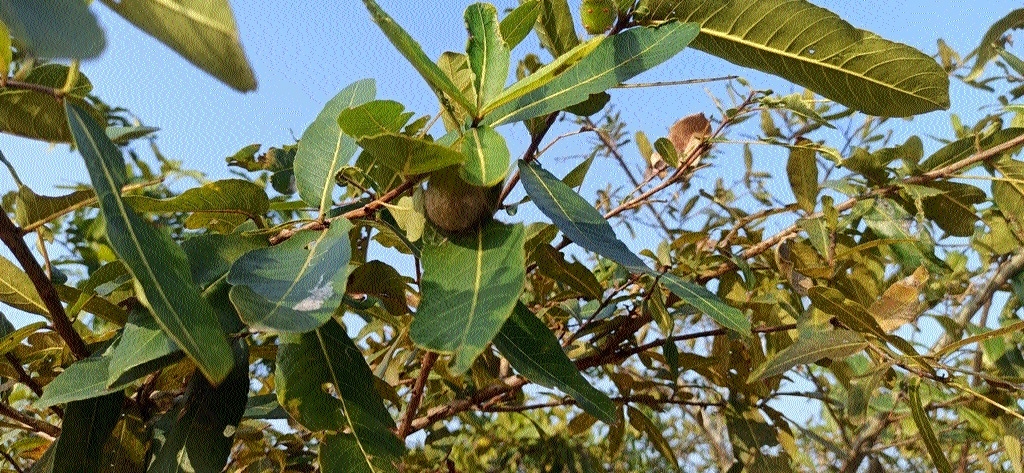Cocoon production giving unique identity to CG across nation
| Date :17-Feb-2022 |

Our Correspondent ;
KORIYA,
Chhattisgarh holds a prominent position in the country in cocoon production and the emerging production of traditional beautiful silk fabrics which has given a unique identity to State. Koriya district has also become one of the leading districts in terms of cocoa production in State. It needs to be mentioned here that the Kosa fruit produced in the Koriya district is being supplied to the Janjgir-Champa district of the state as well as the Kosa cloth-producing districts of West Bengal. A large number of women self-help groups are involved in the production of Kosa fruits in the district. At present, 215 women are getting employment in 15 clusters through this work. According to the information received from the Silk Department, 19,17,344 lakh cocoons have been produced in the district in the year 2021-22 whereas 14,89,581 Kosa cocoons were produced here. As per officials, in 15 production centres of the district, Kosa production is done on 3.74 lakh plants grown in 127 hectares of land. The Kosa fruits produced here are also being sold for consumption in West Bengal. This year, 13,36,829 Kosa fruits worth Rs 16, 91,641 have been sold to West Bengal and Janjgir Champa.
Silk production work is being done by 70 women of Silk Women Self Help Group at Jampara Kosa Production Centre of Baikunthpur Block. The women have so far earned a net profit of Rs 3 lakh. Annapurna Singh, a self-help group member, said that a huge quantity of Tussar and 20 kg silk thread has been produced by the group. He said that 25 women were sent by the Silk Department to Janjgir Champa district for one-week training for silk production. After due training, the group started the work of silk production. She added that for silk production, they get Rs 12 per bag of eggs from the silk department, which contains 200-300 eggs. These eggs are laid on the leaves of Arjun and Sal trees, in which silkworms emerge in 2-3 days, and in 40 to 45 days these worms form cocoons. Proper care is required at the time of cocoon formation. Medicines are also sprayed from time to time. Spinning machines and Buniyar machines are also used to extract silk from cocoons.






